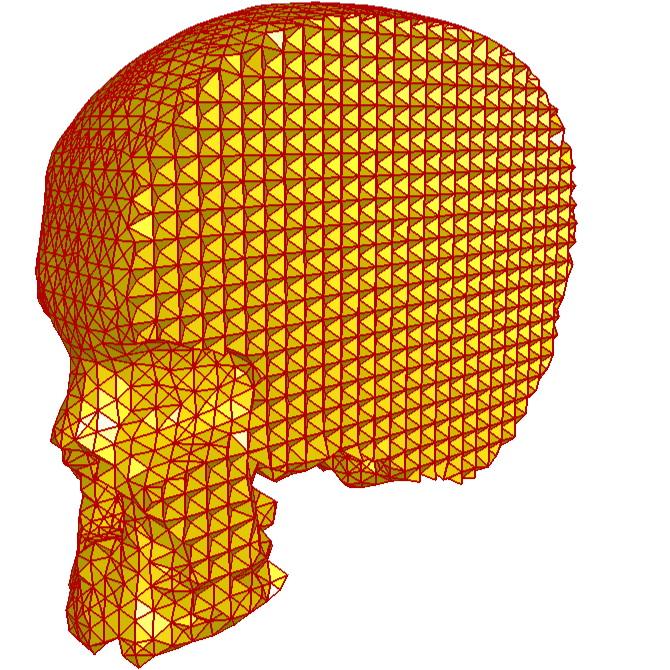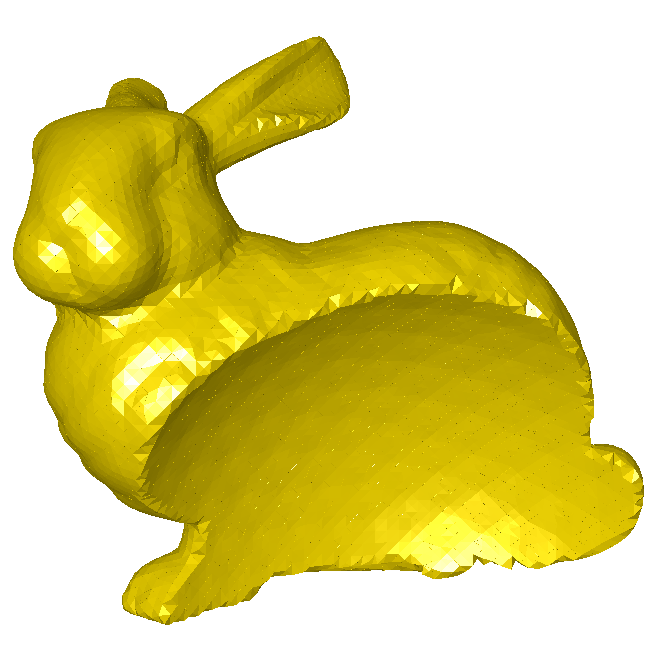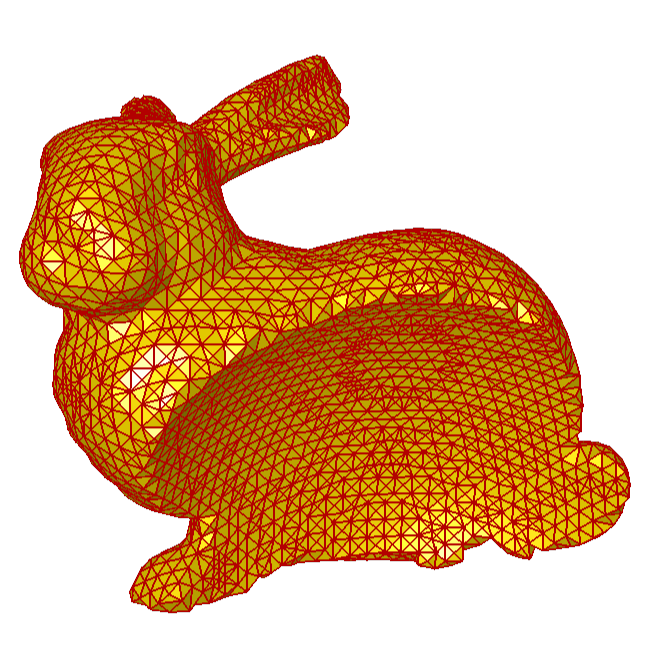Out of an interest in medical visualization, I decided to study medical physics (as a part-time, remote course at a German University) in 2006 – and finished this second academic round In 2009 with a master’s thesis.
I was drawing heavily on previous experience in 3D graphics research from my PhD days, picking out interesting problems around volume visualization and geometry representations.
The full text of my thesis is available here (in German).
In short, I was investigating ways to convert volumetric object representations (as often used in medical visualization) from and to surface-based representations (a.k.a. meshes). This is useful, because each representation enables different geometry processing algorithms.
I had a whole lot of fun implementing a variety of algorithms (utilizing GPU acceleration and GLSL shaders, as detailed in the thesis text):
A realtime volume renderer (based on compositing textured polygons), including transfer functions and local lighting models


Interactive intersection of volumes
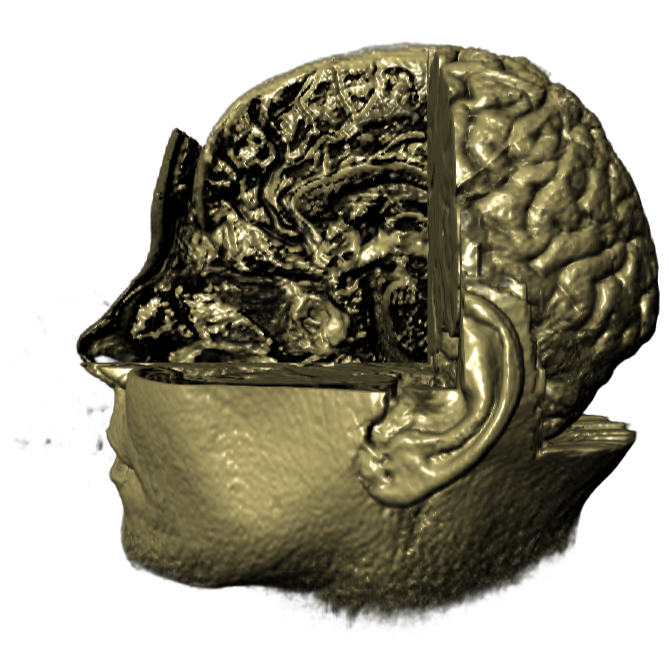
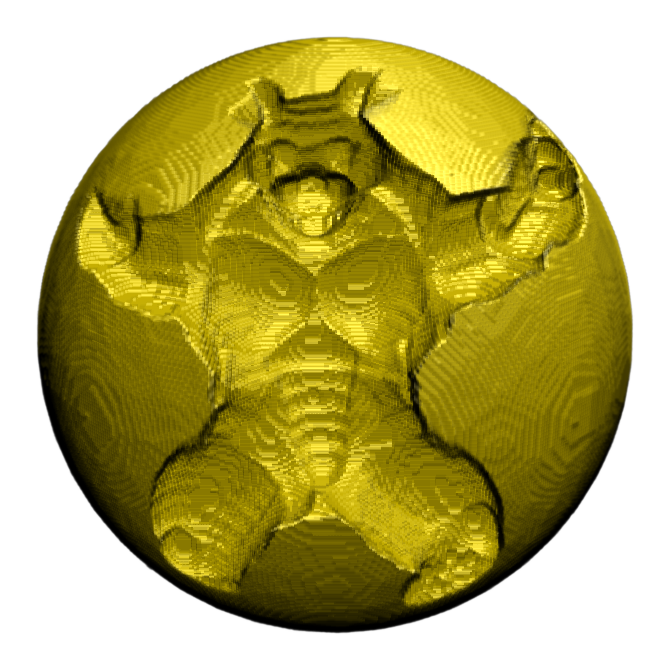
Distance field transformation of mesh surfaces (iso-surface generation)
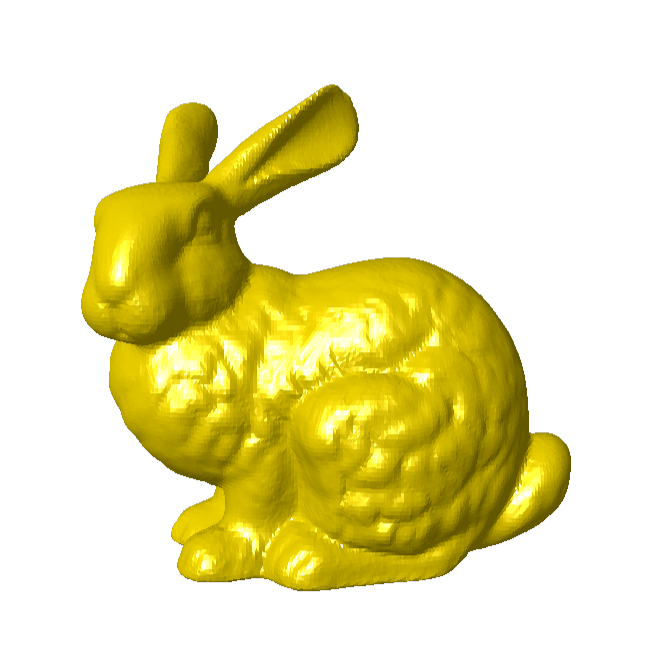

Tetrahedral mesh generation (isosurface stuffing algorithm)
